“Sodium acetate Trihydrate” has been added to your cart. View cart
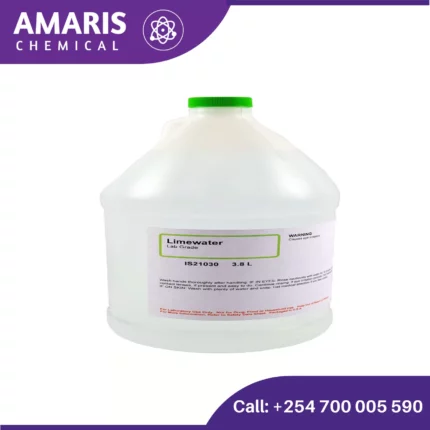
Lime water
KSh2,500.00 Original price was: KSh2,500.00.KSh2,300.00Current price is: KSh2,300.00.

Litmus paper red 1 packet
KSh2,500.00 Original price was: KSh2,500.00.KSh2,400.00Current price is: KSh2,400.00.
Litmus Paper Blue
KSh2,500.00 Original price was: KSh2,500.00.KSh2,300.00Current price is: KSh2,300.00.
SKU:
ACS36319CHEM0
Category: Analytical Reagents
Description
Litmus paper is used to determine the pH of compounds by turning into red in acidic conditions.
Reviews (0)
Be the first to review “Litmus Paper Blue” Cancel reply
Shipping & Delivery
Related products
2 Propanol 2.5 litres (IPA)
Isopropyl alcohol (IPA), also known as 2-propanol, is a colorless, flammable chemical compound with the molecular formula C3H8O. It is a type of alcohol that is commonly used as a solvent, disinfectant, and cleaning agent in a variety of industries, including healthcare, manufacturing, and electronics. IPA is often used as a disinfectant because it is effective at killing a wide range of microorganisms, including bacteria, viruses, and fungi. It is also commonly used as a solvent for oils, resins, and gums, and as a cleaning agent for electronic devices and other equipment.
Acetaldehyde
Acetaldehyde is a simple organic compound with the chemical formula CH3CHO. It is a colorless liquid with a pungent, fruity odor. Here are some key points about acetaldehyde:
- Chemical Structure: Acetaldehyde consists of two carbon atoms, one oxygen atom, and four hydrogen atoms. Its structure is CH3CHO, where the carbon atom in the middle is doubly bonded to an oxygen atom and singly bonded to a hydrogen atom and a methyl group (CH3).
- Occurrence: Acetaldehyde can be found naturally in various ripe fruits, coffee, and heated milk. It is also produced by the oxidation of ethanol (alcohol) by enzymes in the liver and other tissues in humans, making it an intermediate product in alcohol metabolism.
Aceto Carmine 100 ml
Aceto carmine is a staining solution used primarily in microscopy to highlight cellular components. It is a mixture of carmine dye and acetic acid. Here’s an overview of its properties, preparation, and uses:
Properties
- Color: Red to purplish-red.
- Solubility: Soluble in water and ethanol.
- Staining Characteristics: Stains chromatin and cytoplasmic components, providing contrast for better visualization under a microscope.
Preparation
- Ingredients:
- Carmine dye: A natural red dye extracted from the cochineal insect.
- Acetic acid: A colorless liquid organic compound with a pungent smell.
- Procedure:
- Dissolve a specific amount of carmine powder in hot distilled water.
- Add glacial acetic acid to the solution.
- Filter the mixture to remove any undissolved particles.
Aluminum Carbonate 250g
Aluminum carbonate is a chemical compound with the formula Al2(CO3)3. It is a white, crystalline solid that is insoluble in water. Aluminum carbonate is not commonly encountered in pure form due to its high instability, especially in the presence of water and carbon dioxide. Instead, it tends to decompose into aluminum hydroxide and carbon dioxide when exposed to moisture or acidic conditions.
Ammonia Acetate
Ammonium acetate (NH4C2H3O2) is a chemical compound with various applications and properties. Here are some key points about it:
Properties
- Chemical Formula: NH4C2H3O2
- Molecular Weight: 77.08 g/mol
- Appearance: White, crystalline solid
- Solubility: Highly soluble in water
- Melting Point: Decomposes upon heating
Ammonium Chloride 500gm
Ammonium chloride is an inorganic compound with the chemical formula NH4Cl. It is a white crystalline salt that is highly soluble in water and has a salty taste. Ammonium chloride is often used in various industrial and laboratory applications, including as a flux in soldering, as a nitrogen source in fertilizers, and as a component in dry cell batteries. It can also be used in medicine as an expectorant to help thin and loosen mucus in the respiratory system
Ammonium Cupric Chloride
Sodium Thiosulphate 25kg
Sodium thiosulfate (Na2S2O3) is an inorganic compound that is commonly used as a photographic fixer, as well as in medical and industrial applications. It is a white crystalline powder that is soluble in water and has a mild odor. In photography, sodium thiosulfate is used to remove unexposed silver halide from photographic prints and negatives, making the image permanent. In medicine, it is used as an antidote for cyanide poisoning, and in industrial applications, it is used as a reducing agent, a dechlorinating agent, and in water treatment processes.

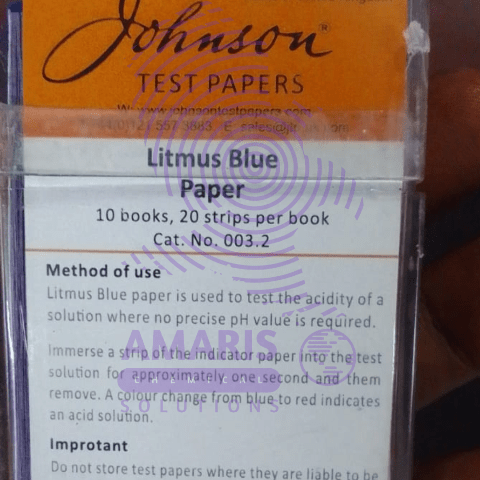
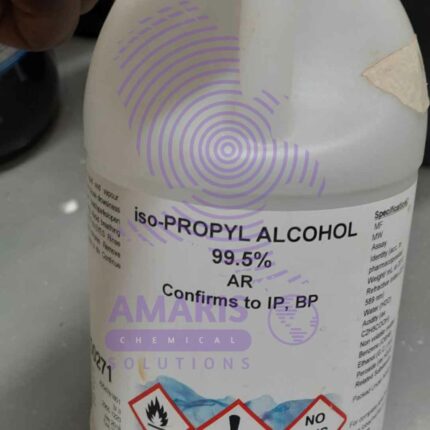
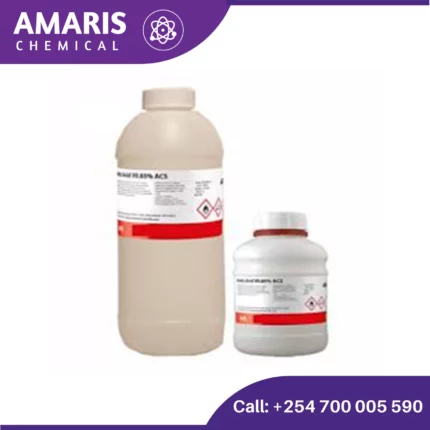
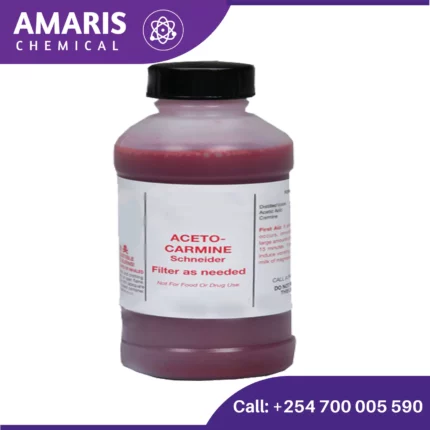
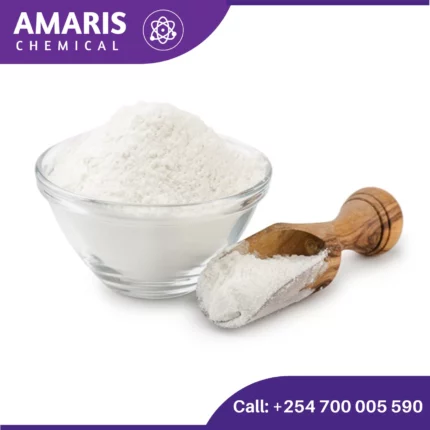
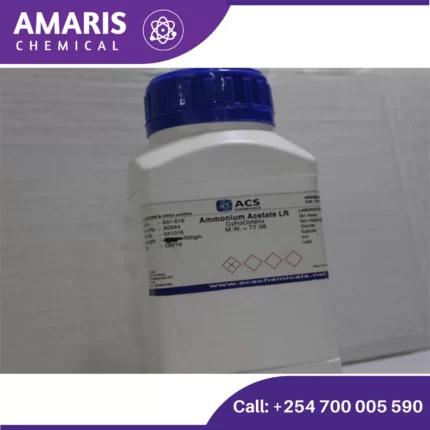
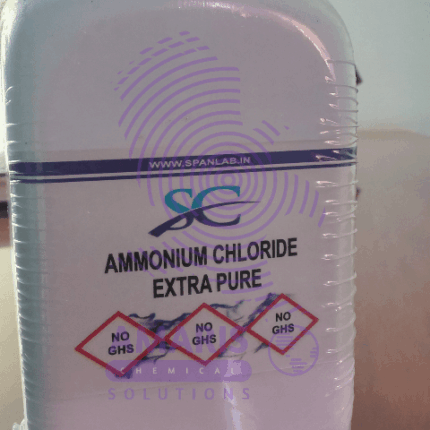
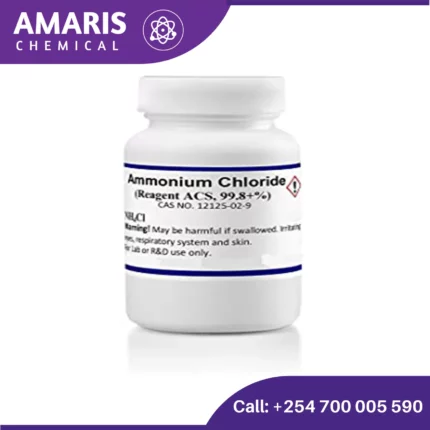

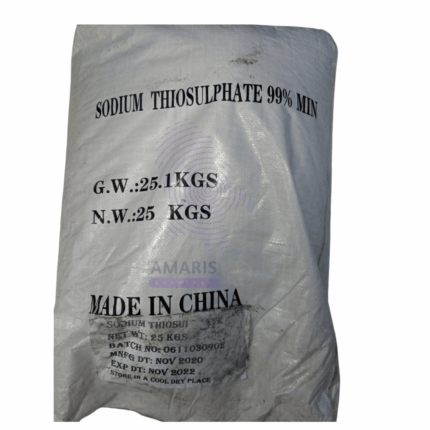






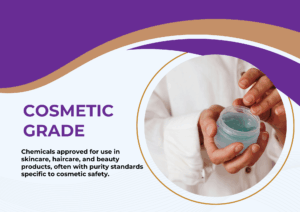
Reviews
There are no reviews yet.